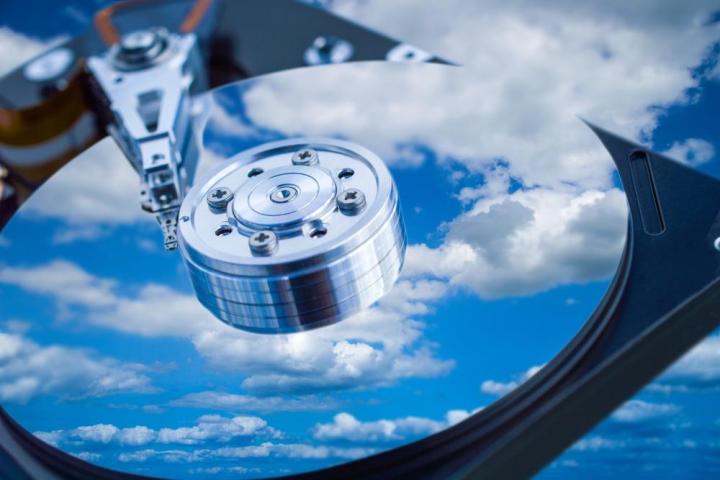
Physical media like hard disk drives (HDDs), tapes, and USB flash drives can be uploaded by third party companies. Presumably, other types of physical storage would also be supported, as there could be people out there with tons of floppy disks or Zip disks as well, but Google doesn’t officially list those.
Users can choose any third party that is able to get the data from their physical media and upload it, though Google does officially list one services on its page; a company called Iron Mountain for those in the USA. For those outside the US, Google simply lists that companies are “Coming Soon.” This means that users in those parts of the world will need to find their own service that can extract and upload the data.
While this feature is fully supported by Google, it also points out that arrangements need to be made between the user and the company doing it. Google is not involved in the process outside of being the company actually hosting the files. It also points out that it “does not provide, support or endorse Offline Media Import / Export services, and does not receive a fee or commission from Offline Media Import / Export services.”
Google charges separately for its Cloud Storage platform based on data stored and bandwidth. Prices vary based on where in the world the bandwidth is from, and the type of storage the users need.
Editors' Recommendations
- Watch out: Google Drive may have lost months of data
- 10 free online storage services to claim your space in the cloud


